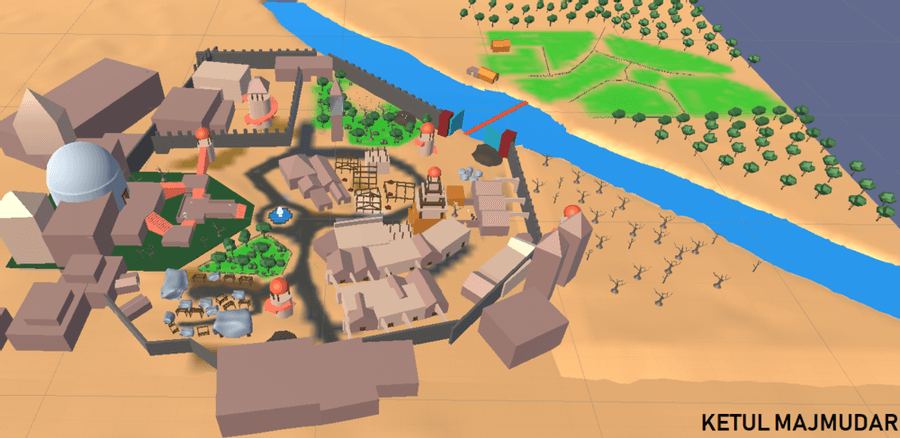Deconstruct cognitive maps
In games maps can be made of:
Path - a route that players can follow. In 3D games it can literally be a road.
Landmark - usually fixed, recognisable elements that act as reference points helping players orienting themselves.
District - used to divide a large game world into smaller, more manageable regions.
Edge - they have to separate or break the world continuity. Gates, Walls etc. They can mark the end of the world or be used to transition to new areas.
Node - a hub that can be used to access multiple locations. A plaza, intersection etc. Usually placed between districts.
10
93 reads
CURATED FROM
IDEAS CURATED BY
Life-long learner. Passionate about leadership, entrepreneurship, philosophy, Buddhism & SF. Founder @deepstash.
Maps are important in designing any game. This resource helped me understand how to think about designing them.
“
The idea is part of this collection:
Learn more about videos with this collection
How to analyze churn data and make data-driven decisions
The importance of customer feedback
How to improve customer experience
Related collections
Read & Learn
20x Faster
without
deepstash
with
deepstash
with
deepstash
Personalized microlearning
—
100+ Learning Journeys
—
Access to 200,000+ ideas
—
Access to the mobile app
—
Unlimited idea saving
—
—
Unlimited history
—
—
Unlimited listening to ideas
—
—
Downloading & offline access
—
—
Supercharge your mind with one idea per day
Enter your email and spend 1 minute every day to learn something new.
I agree to receive email updates
